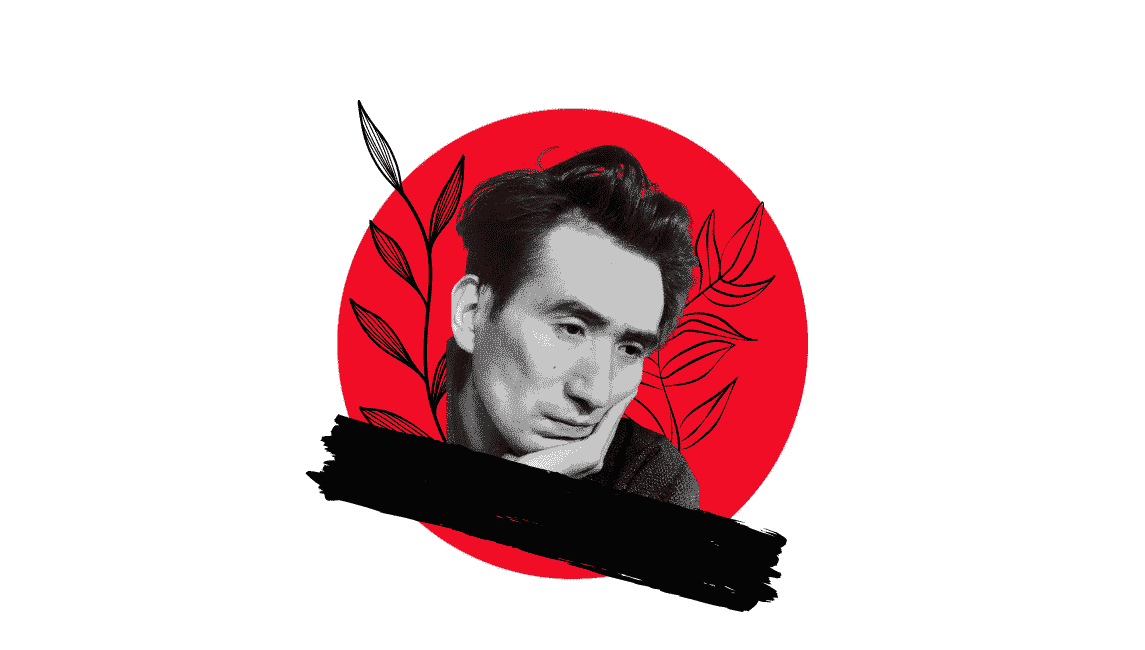Who is Osamu Dazai, what was he worried about and why did he commit suicide?
Osamu Dazai, who committed suicide in the fourth time after three suicide attempts, is one of the leading figures of Japanese literature, which opened to the West and underwent great changes at the beginning of the 20th century.

Following the end of the First World War, during the period of economic turmoil that caused great social injustice, radical views began to spread within Japanese literature. After Osamu Dazai joined the Illegal Communist Party and then left, he could not get rid of the impact and guilt that this break created on his conscience for a very long time. Dazai has works such as Student Girl (1939), Travel Notes of a Purple Tramp (1944), Bitter Separation (1945), Setting Sun (1947), and While Losing My Humanity (1948).
Shūji Tsushima (19 June 1909 – 13 June 1948), known by his pen name Osamu Dazai, was a Japanese novelist and author. A number of his most popular works, such as The Setting Sun (Shayō) and No Longer Human (Ningen Shikkaku), are considered modern-day classics.
Dazai turned to the "I-Novel" style, which defines the writers themselves and describes their own mental states and reflects his mood in all his works. As an author who has equipped his fictional narrative with philosophical pains, there are also autobiographical features in some of his works.
Hopeful expressions about life in his first works
His first work, Student Girl, is a work that tells the ambivalent feelings of a high school girl during her adolescence. The reflections leaking from the depths of Dazai's mind are included in the text to some extent, but they correspond to a period when the author's spiritual confusion was not yet very strong.
There is absolute acceptance in Dazai's writings. He questions everything about life and society, constantly judges his inner world, and reaches a conclusion, but this is never a rebellion, opposition, or objection: "I cannot cope with the flow of hundreds, thousands of things I see and hear every day."
A life spent in the grip of guilt
It is possible to notice that Dazai is haunted by the feeling of regret on many issues. The positive emotions he initially feels towards those around him and the people he meets on the street soon become negative and turn into hatred and disgust. The internal conflict of this situation takes shape as regret and self-hatred.
Dazai is very conscious of the feeling of guilt and examines it: “They call it guilt consciousness in the human world. Maybe it was my motto to spend time alone with him, like a wife getting old on a pillow, even though I was under the pressure of that consciousness throughout my life.”
Refusal to commit suicide
According to Danish philosopher Kierkegaard, despair is a fatal disease. Rather than dying from this disease or ending with physical death, the torture of this disease is like a person who is moribund but fights death before he can die, he is in a constant state of agony.
Due to the fact that his inner world has been pessimistic from the very beginning, Dazai never forgets the thought of death, and this thought is abundantly reflected in his works.
Osamu Dazai wrote his most well-known work, While I Lose My Humanity, in 1948. In the same year, he committed suicide and passed away with his mistress in the Tamagawa Canal next to their house.
Osamu Dazai's intense and striking observations about the individual, human being, and humanity, which perfectly reflect momentary emotional changes into the text and blend feelings triggered by his vast imagination and fragile impulses in his stories, do not keep him fixed only to the period in which he lives but elevate him to an infinite vastness and explain why he is a great writer.
